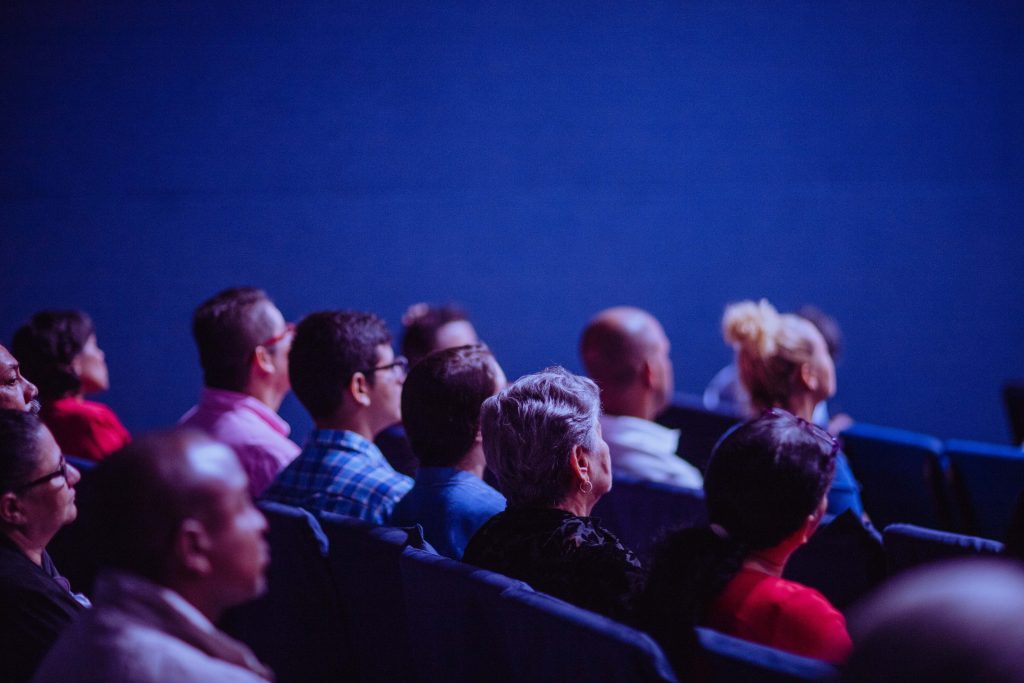
Share news
Listen
Once you have a venue for your event, you have the option to use the in-house sound system or to contract a different one according to your needs.
Apart from being cheaper when using the existing sound facilities in the venue, the sound system can probably provide you with decent sound coverage as most in-house sound system are designed by professionals specifically for the room, and especially when your event does not require sophisticated and complicated sound setting.
To check the quality of the sound system, get someone to speak into a mike as you walk around the room during the site inspection. If the sound is clean and clear (no interruption, no buzzing sounds,3), then the sound system is good. Make sure that the sound technician will be around at all times to handle the sound system or any problems that may arise during the event.
If you are going to rent a separate sound system, here is a list of audio components that you need to know and can expect from an audio-visual provider:
Amplifiers
Some audio speakers have amplifiers built-into them, while others don’t. As a rule of thumb, for general sessions, consider a minimum of 1 to 2 watts of amplification per person: for an audience of 500, you’ll want at least a 500 watt amplifier. For live performances, try for an average of 8 to 10 watts of amplification per person.
Microphones
Microphones come in for different occasions. There are lectern microphones, which are mounted on a podium or lectern for speeches. There are wireless microphones, both handheld and lavalier microphones. Lavalier or lapel microphones can be problematic to handle since it is so far away from the presenter’s mouth, the audio engineer must increase the volume. This volume increase, coupled with the microphone’s sensitive nature, quadruples the risk of getting that nasty whistling effect called acoustic feedback. The sound will need to be equalised to fight feedback.
Mixing Consoles
When it comes to mixing console, the choice is very much dependent on how many sound channel output you have. For example, if you have two microphones and a CD player, a 8-channel console will be sufficient. The only reason you’ll need a larger one is because you have more audio sources.
Playback players: CD, mini-CD, cassettes
Today, technology has transformed the recording of sounds into many formats. Make sure you check with the presenters and performing bands, what format do they have their sound in and provide the right player accordingly. No particular brand is necessarily better than any other, but the general rule is that players should be easy to cue.
Speakers
Different sound designers will be able to advise you according on how the speakers could be set up to give maximum sound diffusion. Make sure that the audience farther away will be able to hear clearly and the sound delay will be managed. The smaller your audience, the lesser the need for back or fill speakers with audio delays.
Subwoofers
If you have a tight budget, this is a luxury that you can cut off, especially when your event has only simple speeches. However, if you are holding a concert, subwoofers add depth to the sound.
For live performances
Music groups will have a more complex need compared to setting up a sound system for just music playback and speeches. Music groups and entertainers will usually give you an equipment list, which is called a technical rider. It is usually attached to group’s performance contract that lists all the equipment required for their performance.
Look out also for other costs such as delivery, set up and tear down costs and labour/personnel costs, in addition to the rental charges.












